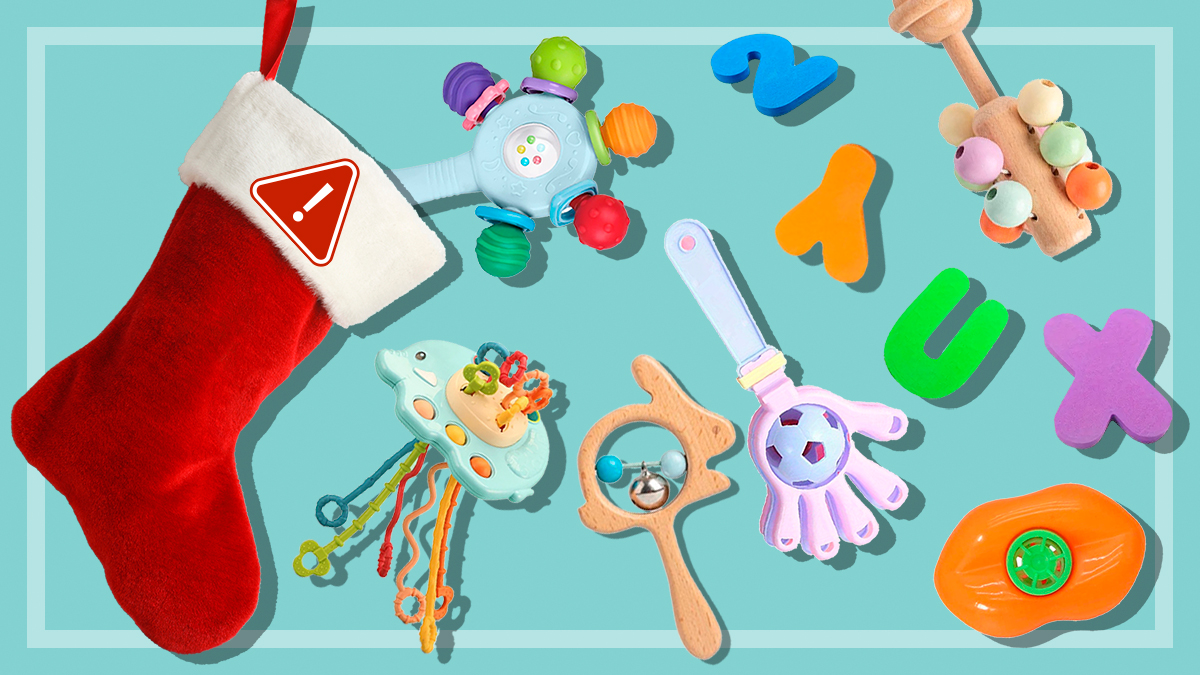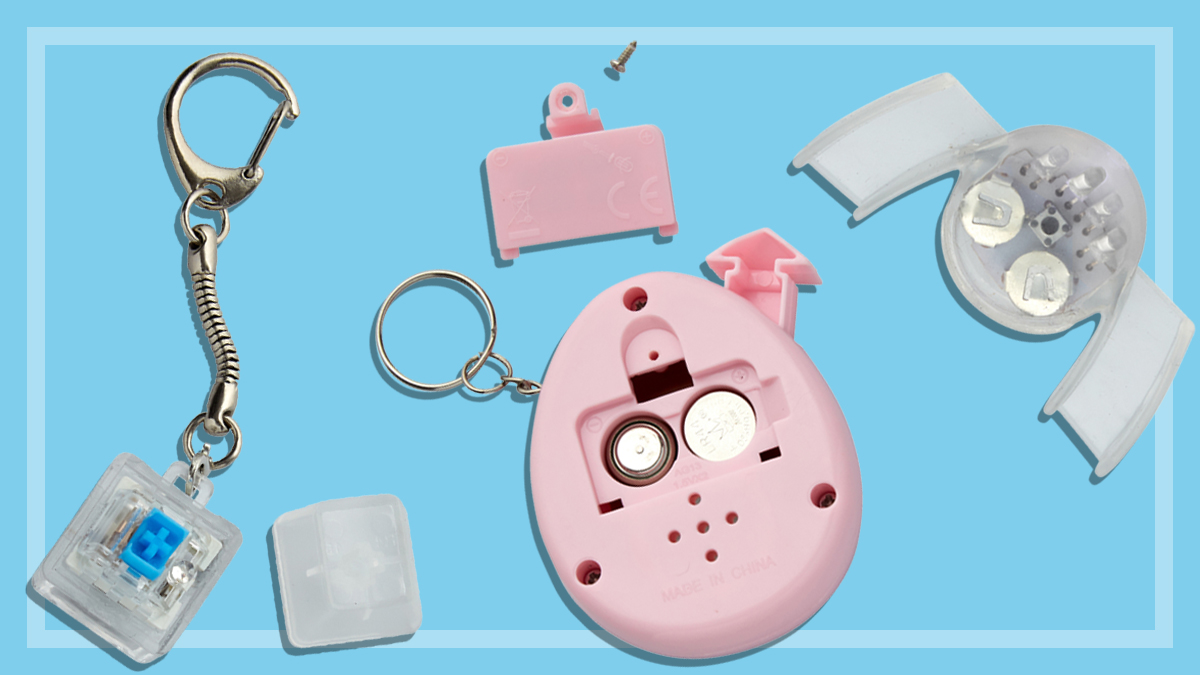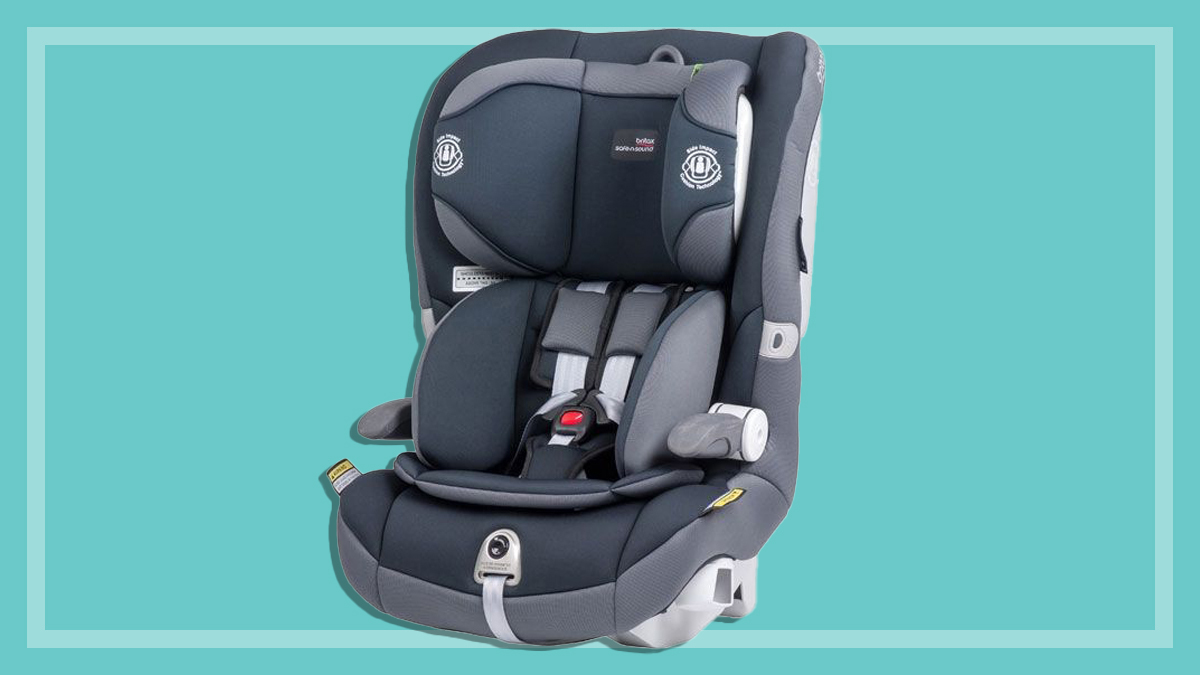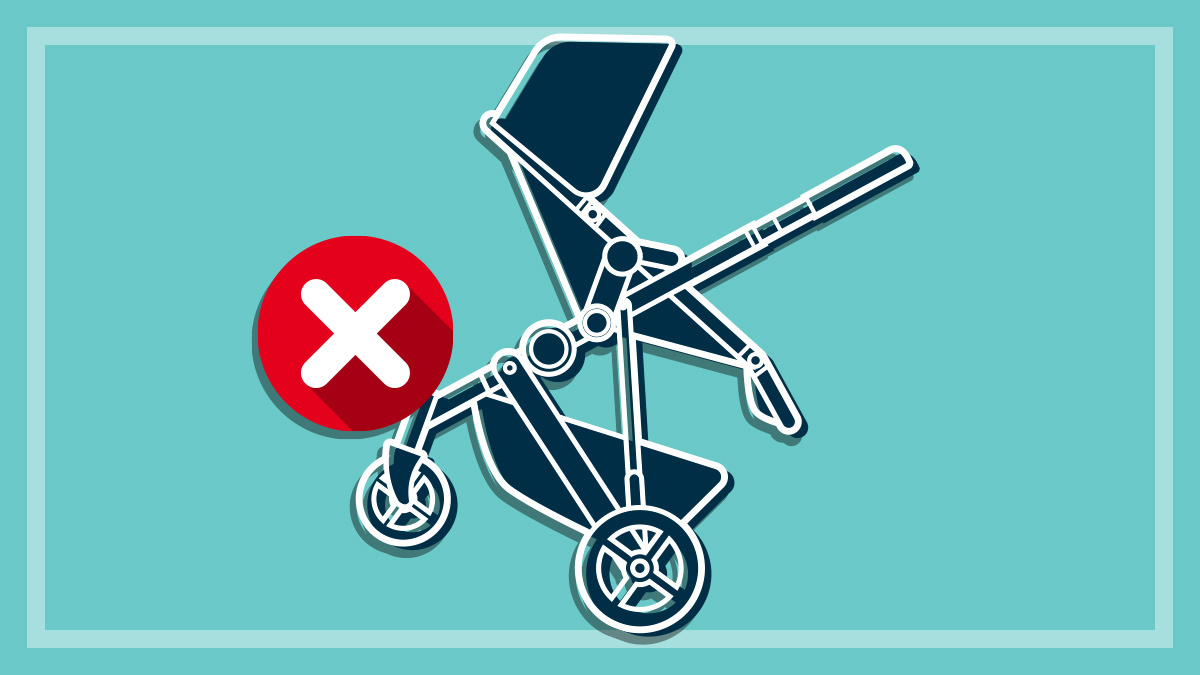Get our independent lab tests, expert reviews and honest advice.
Sweet ingredients found in worrying number of supermarket infant and toddler foods
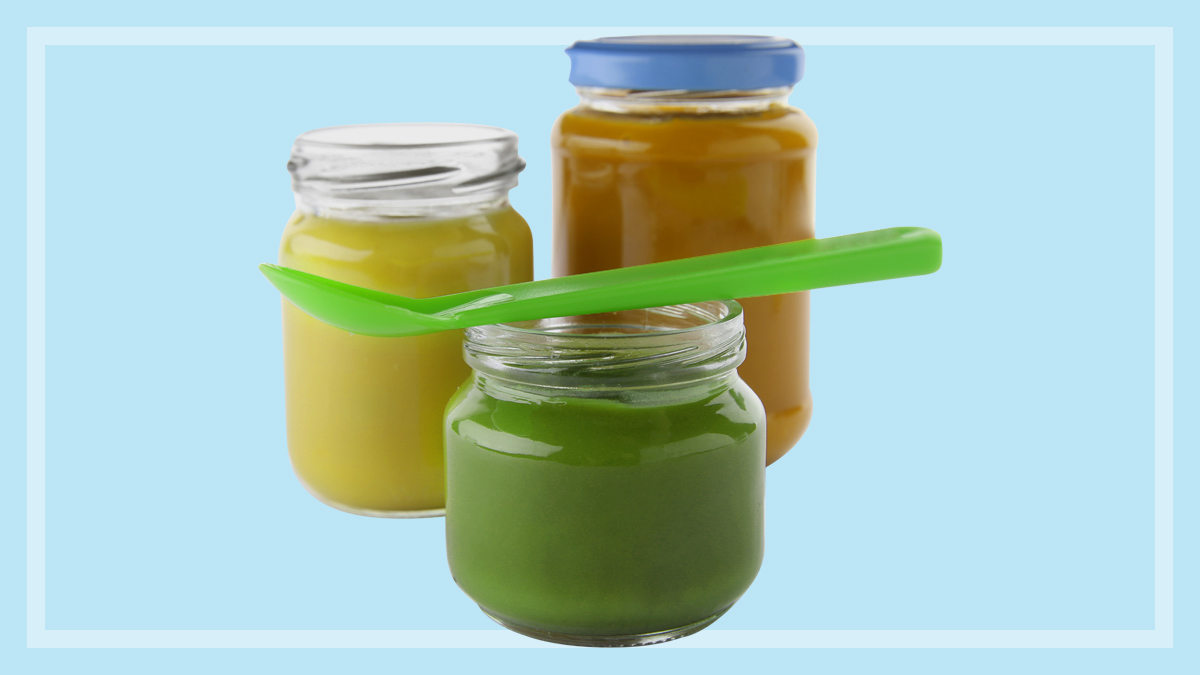
Most parents already know that healthy home-cooked meals and fresh fruit and vegetables are best for their infants and toddlers. And in an ideal world, children would always happily fill up on these foods.
On this page:
- Sweet ingredients found in infant and toddler foods
- Why is fruit puree bad for infants and toddlers?
- Vegetable products still contain fruit puree
- Food-maker ignoring labelling requirement
- How to buy healthier packaged infant and toddler food
- Why we need stronger added sugar labelling
But the reality is that pre-packaged infant and toddler foods are a convenient option when you’re time poor, travelling, or just can’t face another night of cooking. And on the face of it, they often appear to be healthy and full of goodness.
But a recent study has found many of these products contain significant amounts of sweet ingredients, which can have negative long-term effects on children.
Sweet ingredients found in infant and toddler foods
Cancer Council Victoria analysed 255 infant and toddler food products (excluding formula) available from Aldi, Coles and Woolworths. Almost half of them (116) were found to include fruit puree, with many also including other concentrated or processed forms of fruit such as:
- fruit paste
- dried fruit powder
- fruit juice
- fruit juice concentrate
- dried fruit
- fruit gel.
The study also found that 13 of the infant foods (for babies up to 12 months’ of age) contained either sugar or cane sugar, with two products containing other added sugars such as glucose or syrup.
Of the toddler foods, 27 products contained one or more combinations of sugar, cane sugar, coconut sugar, dried yoghurt or other sugars (such as glucose or syrup).
Some of these foods are even being marketed as suitable for babies as young as four months. Australian Dietary Guidelines recommend that infants need breastmilk or formula as their main food until six months of age.

Why is fruit puree bad for infants and toddlers?
At a glance, you might assume the presence of fruit or fruit puree in these products means they’re good for kids.
But if infants and toddlers are given these foods on a regular basis, they may end up eating too much fruit and not enough other nutrient-rich foods, such as vegetables and foods that contain iron.
Being exposed only to sweet-tasting foods may also affect children’s taste preferences as they grow older.
“These are formative years in terms of taste preferences, so giving children these sweet foods will make them want more,” says Alison McAleese, healthy lifestyles campaign manager at Cancer Council Victoria. “And eating these products on a regular basis isn’t going to give them the nutrition that they need.”
These are formative years … giving children these sweet foods will make them want more
Alison McAleese, Cancer Council Victoria
Nutrition expert Dr Rosemary Stanton agrees.
“Young children have high needs for nutrients to provide for growth and if they consume these products, they have less ‘room’ for healthy foods as their tummies are small,” she says.
“Almost every young child instinctively likes sweet foods (the lactose in breastmilk makes it quite sweet), but if they are constantly given sweet foods, they will not learn to appreciate (and like) the flavours of foods that are not sweet.”
And preferencing unhealthy food choices over nutrient-rich options can lead to long-term health consequences such as obesity, tooth decay and iron deficiency.
The Australian Guide to Healthy Eating recommends a wide range of nutritious foods from all five food groups for healthy development in toddlers and babies aged six months and older.
Vegetable products still contain fruit puree
The study also found that some products may appear to be savoury, but contain fruit or fruit puree. For example, Heinz Pumpkin, Corn, Chicken and Rice also includes six percent apple, while Bellamy’s Organic spring vegetable macaroni includes seven percent apple puree.
“Parents know that it can be challenging to give their kids savoury foods, so these are an attractive option,” says McAleese. “But there’s more fruit in these products than most people realise, which is again helping children preference this sweet taste.”
“The use of fruit purees or concentrated fruit in any form is just another way of giving kids sugar,” says Stanton. “Why add sweet flavour to savoury foods? Parents need to know that concentrated fruit is almost always just a form of sugar. Regular sugar is just concentrated cane juice!”
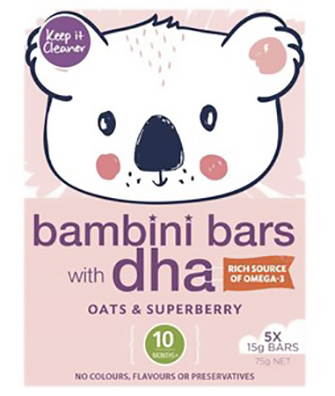
Food-maker ignoring labelling requirement
Although the presence of these sweet ingredients (whether sugar or a fruit puree) may be unnecessary, it doesn’t contradict the Australian Food Standards Code. However, according to the code, food for infants (‘infant’ meaning a person under 12 months of age) must be labelled as “sweetened” if the added sugar content is more than 4g per 100g.
Yet the Cancer Council found that the infant product with the highest amount of sugar – Keep it Cleaner Bambini Bars, Oats and Superberry 10+ months, with a whopping 40.4g per 100g – didn’t state ‘sweetened’ on the packaging.
Products marketed to children aged 12 months and over don’t have to comply with this standard.
How to buy healthier packaged infant and toddler food
If you do decide to buy one of these products, Stanton recommends parents read the ingredients list. “There should be no added sugars (including fruit juice or fruit juice concentrate) or salt,” she says.
McAleese also stresses the importance of reading the ingredients list.
“Parents should be aware that the front of the pack doesn’t always tell the whole story,” she says.
The front of the pack doesn’t always tell the whole story
Alison McAleese, Cancer Council Victoria
Stanton also advises against giving your child food in a squeeze pouch as it means the child is fed quickly, which doesn’t give the stomach time to signal to the brain that it’s full.
“Fast feeding can destroy an infant’s natural ability to ‘play’ with food (experiencing its texture as well as its flavour) and get it into their mouth quite slowly,” she says.
“Their natural inclinations to touch food and put it into their mouth ensures they don’t over-consume food. Squeeze pouches also make it easier for parents to feed young infants at a time when they do not need these foods.”
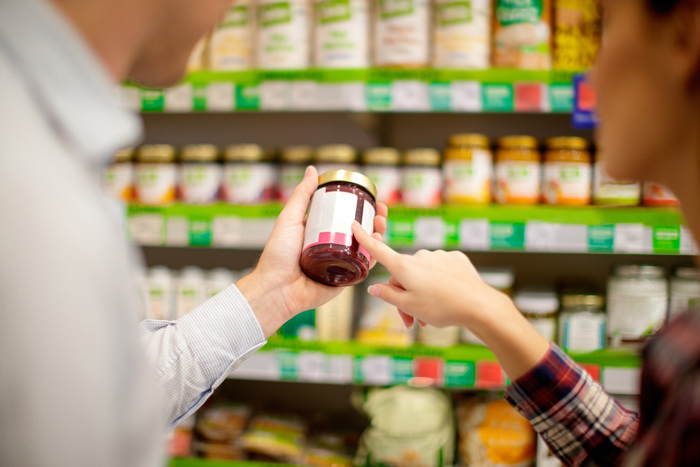
Why we need stronger added sugar labelling
Reading food labels is the best way to know how healthy a product is for young children and the entire family.
Unfortunately, it’s not always that easy because Australia doesn’t regulate labelling of added sugar.
Currently, nutrition information panels only list the amount of total sugar in a product, instead of differentiating between naturally occuring intrinsic sugars (nutrient-rich foods such as milk and intact fruit and vegetables) and added sugars with little or no beneficial nutrients.
This means the current Health Star Rating system treats two products with 20g total sugar the same, even if one product contains 99% added sugar while the other contains mostly intrinsic sugar.
Clear, transparent food labelling is extremely important in helping people differentiate between healthy, and unhealthy foods
Linda Przhedetsky, CHOICE policy and campaigns adviser
It’s important that children of all ages eat a healthy, well-balanced diet and Health Star Ratings can help with this. That’s why CHOICE is lobbying for changes to the way added sugars are labelled on foods.
“Clear, transparent food labelling is extremely important in helping people differentiate between healthy and unhealthy foods,” says Linda Przhedetsky, CHOICE policy and campaigns adviser.
“We see too many products laden with added sugar that is hiding under a range of names, and it’s incredible confusing. The system needs to change.”
Thanks to the work already done by CHOICE and other organisations, the Australia and New Zealand Ministerial Forum on Food Regulation has shown support for added sugar labelling on nutrition information panels.
But with no timeline in place, CHOICE is keeping up the pressure – and asking ministers to go even further to improve the Health Star Rating system.

